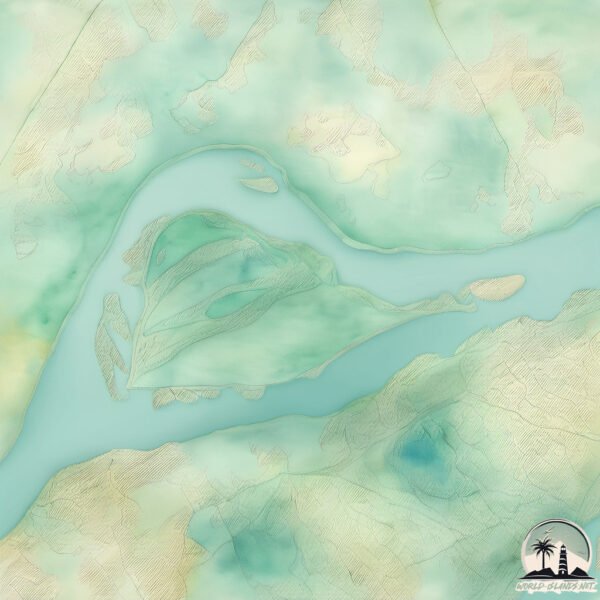Welcome to Fajardo , a Tropical island in the Caribbean Sea, part of the majestic Atlantic Ocean. This guide offers a comprehensive overview of what makes Fajardo unique – from its geography and climate to its population, infrastructure, and beyond. Dive into the details:
Geography and size of Fajardo
Size: 3.732 km²Coastline: 15.2 kmOcean: Atlantic OceanSea: Caribbean SeaContinent: South America
Fajardo is a Small Island spanning 3.7 km² with a coastline of 15.2 km.
Archipel: –
Tectonic Plate: Africa – One of the world’s largest tectonic plates, covering the African continent and parts of the surrounding oceans, known for its stability with some active rift zones.
The geographic heart of the island is pinpointed at these coordinates:
Climate and weather of Fajardo
Climate Zone: TropicalClimate Details: Tropical Savanna, WetTemperature: Hot
Climate Characteristics: Defined by distinct wet and dry seasons with high temperatures year-round. Pronounced rainfall occurs during the wet season, while the dry season is marked by drought.
Topography and nature of Fajardo
Timezone: UTC-04:30Timezone places: America/CaracasMax. Elevation: 12 m Mean Elevation: 11 mVegetation: WetlandTree Coverage: 88%
The mean elevation is 11 m. The highest elevation on the island reaches approximately 12 meters above sea level. The island is characterized by Plains: Flat, low-lying lands characterized by a maximum elevation of up to 200 meters. On islands, plains are typically coastal lowlands or central flat areas.
Dominating Vegetation: Wetland
Vegetation: 4 vegetation zones – Diverse Island
Infrastructure and Travelling to Fajardo
Does the island have a public airport? no .
Does the island have a major port? no .
The mean population of Fajardo is 5 per km². Fajardo is Gently Populated. The island belongs to Venezuela .
Continuing your journey, La Ceiba is the next notable island, situated merely km away.
Fajardo Puerto Rico Travel Guide: 16 BEST Things To Do In Fajardo
This Fajardo travel guide shares the best things to do in Fajardo. -------------- How to travel more and visit your dream destinations ...
Fajardo Puerto Rico Travel Guide: 16 BEST Things To Do In Fajardo
This Fajardo travel guide shares the best things to do in Fajardo. ...
This Fajardo travel guide shares the best things to do in Fajardo. -------------- How to travel more and visit your dream destinations ...
EL Conquistador Resort and Palomino Island, Fajardo, Puerto Rico
El Conquistador Resort in Fajardo, Puerto Rico is approximately 1 hour ...
El Conquistador Resort in Fajardo, Puerto Rico is approximately 1 hour by car from the San Juan Airport (SJU). When I first arrived ...
FAJARDO, PUERTO RICO | ICACOS ISLAND TOUR | ARISTOTLE BOSI
Mabuhay! Filipino Travels the World goes to Fajardo, Puerto Rico. ...
Mabuhay! Filipino Travels the World goes to Fajardo, Puerto Rico. Aboard the Innovation, we went to La Cordillera Cays for a ...
Venezuela is classified as Emerging region: G20: Group of Twenty – Major economies comprising both developed and emerging countries, representing the world’s largest economies. The level of income is Upper middle income.
News – Latest Updates and Headlines from Fajardo
Stay informed with the most recent news and important headlines from Fajardo. Here’s a roundup of the latest developments.
Loading...
Please note: The data used here has been primarily extracted from satellite readings. Deviations from exact values may occur, particularly regarding the height of elevations and population density. Land area and coastline measurements refer to average values at mean high tide.

